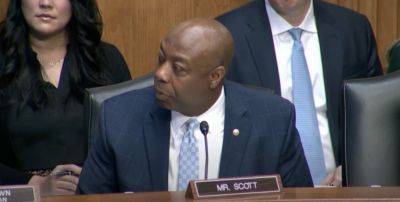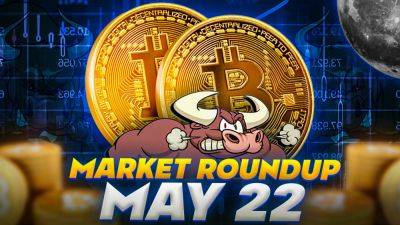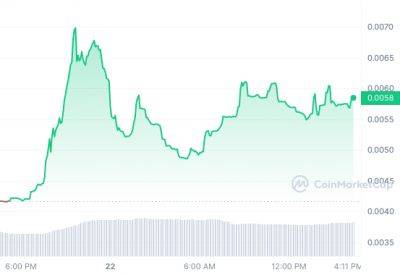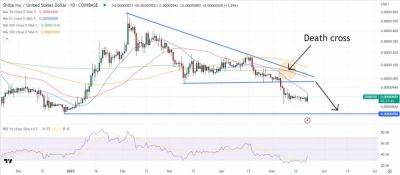Bitcoin options: How to play it when BTC price moves up or down 10%
Here's how Bitcoin (BTC) traders can profit whether its price move up or down 10% within 55 days.
Traditional market analysts have started calling for a volatility spike due to the U.S. government debt discussion.
Moreover, signs of stress coming from the banking sector took investors by surprise after the DXY index, which measures the U.S. dollar against a basket of foreign currencies, reached its lowest level in 12 months at 101 on May 4.
Stock market and macro analyst Markets & Mayhem posted a chart from Deutsche Bank that correlates historical government spending and debt concerns with spikes in the stock market volatility.
Volatility could rise into a government debt debacle as the kabuki theater carries onSource: Deutsche pic.twitter.com/fmJVKvUZvc
U.S. Treasury Secretary Janet Yellen has warned that the government may run out of cash by June if Congress fails to raise the debt ceiling. According to the BBC, President Joe Biden has called a meeting of congressional leaders on the issue for May 9.
Government officials said the overspending is partly due to lower-than-expected income tax receipts, which are typical of recession periods.
It is worth noting that the volatility indicator neither dictates whether the market has been gaining strength nor anticipates eventual crashes.
The index calculation does not account for price gains or losses, only directional changes. Thus, if the volatility reached historical low levels, it merely reflects that the asset has been displaying a low amplitude of daily price fluctuations.
Notice how Bitcoin’s 40-day historical volatility does not usually remain below 40% for long. That information, coupled with the traditional markets’ stress caused by the regional banking crisis and the
Read more on cointelegraph.com






















